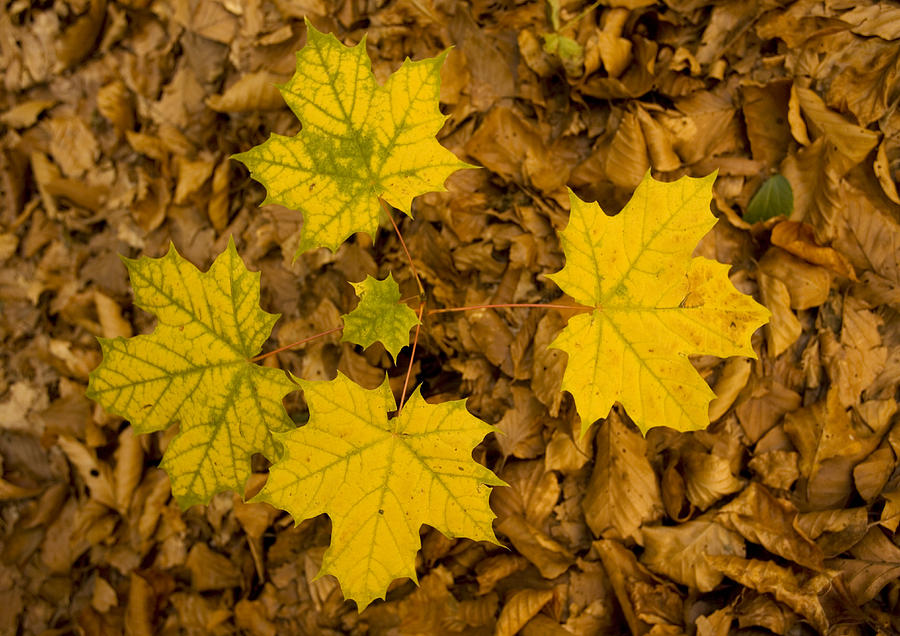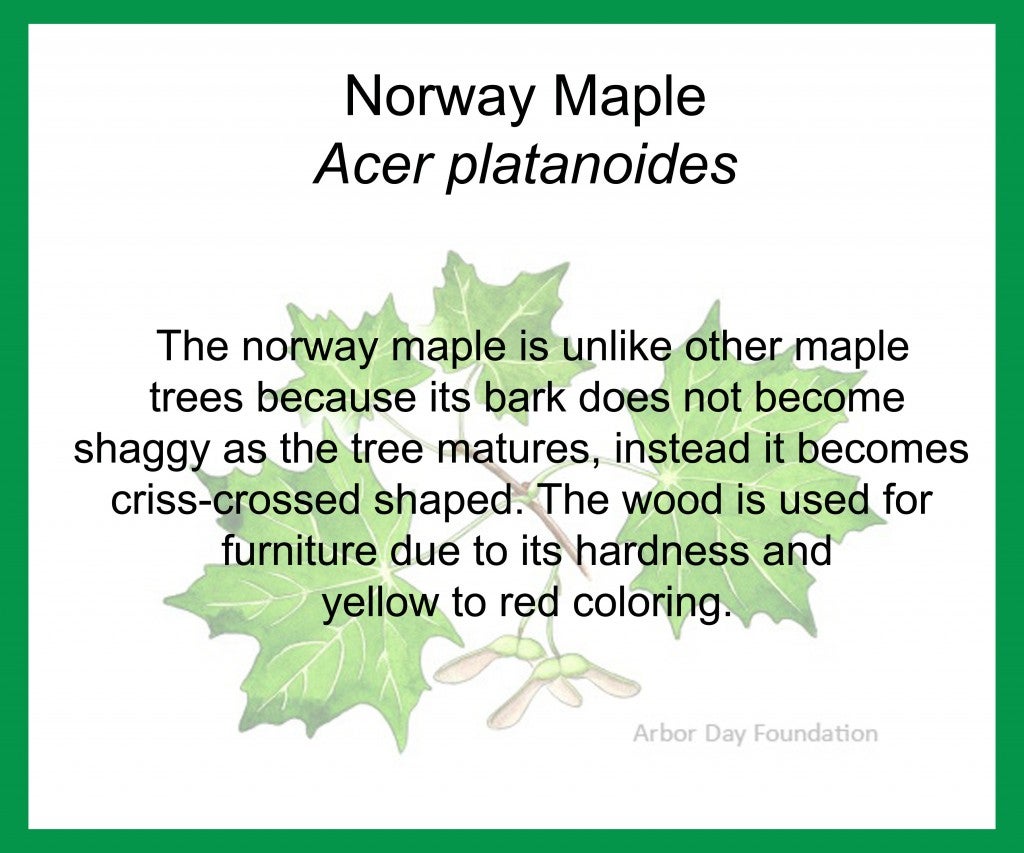
One major chain store, Meijer Garden Centers, has voluntarily removed the plant from its stores. It is illegal to plant them in Massachusetts and New Hampshire, for example, and many municipalities have similar laws. Some authorities have “seen the light” and banned Norway maples. In natural forests in Montreal’s Mount Royal Park, for example, Norway maple seedlings were found to outnumber sugar maple seedlings 4 to 1 in 2003 and it was estimated the species would dominate the park’s forest “within a generation”. And where city and suburb meet native woodland, the Norway maple is usually already established, slowly working on becoming the dominant tree.

When the care in local parks is neglected, they move in and take over any areas that are not regularly clipped by lawn movers. In many neighborhoods, Norway maples sprout abundantly from hedges, along property lines, and pop up in shade borders. As they grow, Norway maples create greater shade and drier soil conditions than native woodland species can tolerate, creating woodlands barren of undergrowth… other than more Norway maple seedlings! It is feared that, if the spread of Norway maples into the wild continues to be tolerated, they will create a dense monoculture, eliminating entire North American ecosystems.

They are more heat-tolerant that young sugar maples and thus better able to survive a climate influenced by global warming. Norway maple seedlings grow quickly and densely and generally shade out any sugar maple seedlings that do sprout. Their seeds are capable of germinating in deep shade, even more so than those of the sugar maple, although it too is highly shade tolerant. Norway maples produce huge seed crops, much greater than sugar maples, and their seeds, carried by the wind, tend move into maple forests where they grow readily. It is well known as the source of maple sugar… and of the brilliant fall coloration that attracts so many tourists to the area in October. The sugar maple is the dominant tree in much of eastern North America’s climax hardwood forest, from Lake Superior to Pennsylvania (even further south in mountainous regions) and from the Eastern seaboard to the Prairies. And, unlike most other invasive introduced species, which tend mostly to stick to disturbed habitats, Norway maple quickly moves into and starts to dominate local forests, outcompeting native trees and especially its North American counterpart, the sugar maple ( A. In Eastern North America, though, its seeds fall everywhere and germinate under a wide variety of conditions. It simply melds into the local forest, one tree among many. Who knew? In Central and Eastern Europe, where it is native, Norway maple is not an invasive species. But who thinks that far ahead when planting a tree?īut the main problem turns out to be its invasive nature. Also, it turns out, for reasons unknown, to be relatively short-lived in North America: only about 50 to 60 years compared to up to 250 years in Europe. Over time, it showed more flaws: its dense root system uplifts and destroys sidewalks, it kills lawns and it suffers severe breakage during storms, causing untold millions of dollars of damage. It certainly looked like a good choice… at first. Also, it’s very tolerant of street conditions: air pollution, compacted soil, road salt, etc. It’s not an unattractive tree: relatively fast-growing, with dense, dark green foliage (or purple or variegated foliage in the case of some of its many cultivars) and a thick trunk. Many varieties of Norway maple have decorative foliage, like this purple-leaved cultivar, Acer plantanoides ‘Schwedleri’. It was planted by the hundreds of thousands across North America and remains, in most areas, the tree most commonly sold in garden centers.

The Norway maple, although largely untested, quickly became the street tree of choice. At that time, North America’s most popular street tree, the American elm ( Ulmus americana), was being decimated by Dutch elm disease and people were looking for a substitute. That’s what happened in the 1950s and 1960s with the massive introduction of the Norway maple ( Acer platanoides) in Eastern North America. Sometimes when you try to solve one problem, you create another. Norway maple: a nice, symmetrical shade tree… but with a hidden vice!


 0 kommentar(er)
0 kommentar(er)
